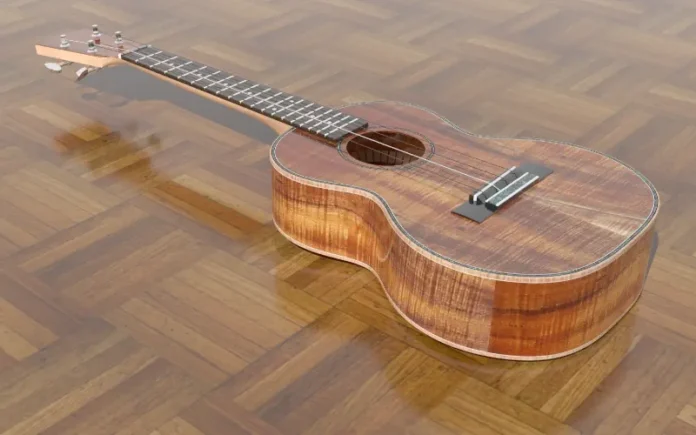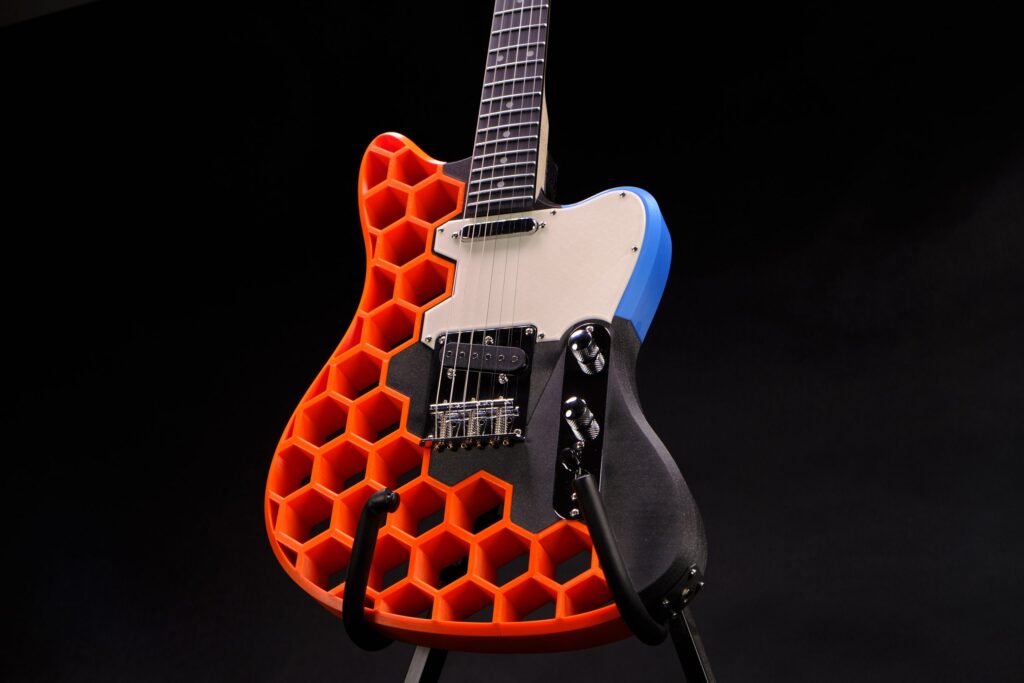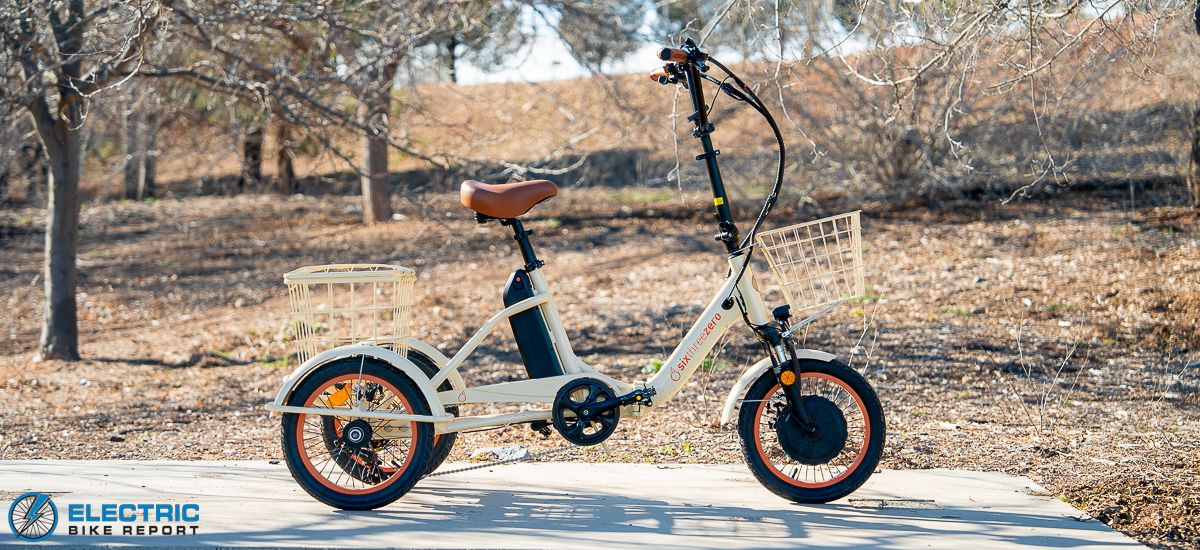Introduction
Are you a music enthusiast looking to take your ukulele experience to the next level? If so, the Electric Ukulele Solid Body STL Files may be just what you need. This guide will explore everything you need to know about creating your own electric ukulele using STL files, from design to construction, and even playing tips. Whether you’re a seasoned musician or a curious beginner, this blog aims to provide valuable insights into the world of electric ukuleles.
The History of the Ukulele
The ukulele has its roots in the Hawaiian Islands, originating in the late 19th century as a small string instrument. It was inspired by similar instruments brought to Hawaii by Portuguese immigrants. Over the years, the ukulele gained popularity not just in Hawaii but around the world, becoming synonymous with cheerful melodies and easy playing. The introduction of electric ukuleles in the 20th century brought a new dimension to this beloved instrument, allowing musicians to explore different soundscapes and styles.
What Are STL Files?
STL files are a type of 3D model file format used primarily for 3D printing. They contain information about the geometry of a 3D object, allowing you to create physical models. In the context of electric ukuleles, STL files can be used to design solid body structures that can be printed using a 3D printer. This innovative approach not only enables customization but also allows musicians to create lightweight, durable instruments tailored to their preferences.
Benefits of Using STL Files for Electric Ukuleles
Using Electric Ukulele Solid Body STL Files for building your instrument offers several advantages:
- Customization: You can modify the design to suit your preferences, including size, shape, and aesthetics.
- Cost-Effective: 3D printing can reduce the costs associated with traditional manufacturing methods.
- Ease of Use: STL files are widely available and can be easily downloaded and printed with a 3D printer.
- Learning Experience: Building your ukulele provides an excellent opportunity to learn about instrument construction and electronics.
Technical Specifications
When creating an electric ukulele, specific dimensions and materials can significantly affect the sound quality and playability. Here are some essential technical specifications to consider:
- Body Dimensions: Typical electric ukulele bodies are around 23 inches in length and 8-10 inches in width.
- Material: Common materials include ABS or PLA for the body, which are easy to print and durable.
- Neck Width: A standard neck width is about 1.5 inches, providing comfortable playability.
- Fretboard Material: Options like rosewood or maple are popular for fretboards due to their tonal qualities.
Tips for Beginners
If you’re new to the ukulele or 3D printing, here are some tips to get you started:
- Research Designs: Before printing, spend time researching different STL files and designs to find one that fits your style.
- Choose the Right Printer: Not all 3D printers are created equal. Ensure your printer has the capability to handle the materials you plan to use.
- Start Simple: Consider starting with a simpler design to build your skills before moving on to more complex models.
- Join Communities: Engage with online forums and communities focused on 3D printing and ukulele building for support and ideas.
Common Issues and Troubleshooting
Building your electric ukulele may come with challenges. Here are some common issues and how to resolve them:
- Warpage During Printing: Ensure your printer bed is level and properly heated to prevent warping.
- Poor Sound Quality: Experiment with different materials for the body and strings to find the best combination for sound.
- Difficulty in Assembly: If parts do not fit together well, check the calibration of your 3D printer and consider using sandpaper to smooth edges.
Innovations in Electric Ukuleles
The electric ukulele market is continuously evolving, with innovations in materials and designs. Recent developments include:
- Lightweight Materials: Advances in 3D printing technology now allow for the use of lighter materials without compromising sound quality.
- Electronics Integration: Modern electric ukuleles often come with built-in effects and amplifiers, enhancing versatility for performances.
- Customization Software: Software tools are now available to assist in creating personalized designs for players of all skill levels.
User Experience and Reviews
Many musicians have embraced the idea of building their electric ukuleles using STL files. Here are some insights from users:
- Satisfaction in Creation: Many players report a deep sense of satisfaction from building their instrument, allowing for a personal connection to the music they create.
- Variety of Sounds: Users appreciate the ability to experiment with different designs and materials, leading to unique sounds and styles.
- Community Feedback: Engaging with fellow builders often leads to valuable tips and encouragement, fostering a sense of community.
Resources and Learning Materials
For those interested in learning more about electric ukuleles and STL files, consider exploring the following resources:
- Online Tutorials: Websites like YouTube have numerous tutorials on 3D printing and ukulele assembly.
- Books: Look for books focusing on instrument construction or electric ukulele history.
- Forums: Join forums such as Reddit or dedicated ukulele communities to share experiences and gain insights.
Future Trends in Electric Ukuleles
As technology progresses, the future of electric ukuleles looks promising. Some anticipated trends include:
- Integration of Smart Technology: Future electric ukuleles may incorporate smart features such as tuning apps and built-in metronomes.
- Sustainable Materials: The use of eco-friendly materials in construction is becoming more popular as awareness of environmental issues grows.
- Global Collaboration: Collaboration among musicians and designers worldwide will continue to inspire innovative designs and sounds.
How to Choose the Right Electric Ukulele Design
Selecting the right design for your electric ukulele is crucial for achieving the desired sound and aesthetic. Here are some tips to guide your decision:
- Sound Preference: Consider whether you prefer a warmer, mellow tone or a brighter, sharper sound. Different body shapes and materials will produce various tonal qualities.
- Playing Style: If you enjoy fingerpicking, opt for a design with a wider neck for comfortable playability. For strumming, a more traditional body shape might suit you better.
- Aesthetic Appeal: Choose a design that reflects your personal style. Whether it’s a modern look or a vintage vibe, the visual aspect of your ukulele is as important as its sound.
Exploring Different String Options
The choice of strings can significantly impact the sound and playability of your electric ukulele. Here are some factors to consider:
- Material Types: Strings are available in nylon, fluorocarbon, and steel, each offering different tonal characteristics. Experimenting with different materials can help you find the perfect fit for your sound.
- Gauge Selection: The thickness of the strings (gauge) affects playability and tone. Lighter strings are easier to play but may not provide the same volume or resonance as heavier strings.
- Tuning Preferences: Consider tuning variations (like GCEA or DGBE) to explore different musical styles. Some string sets are specifically designed for alternative tunings, enhancing versatility.
Maintaining Your Electric Ukulele
Proper maintenance is essential to ensure your electric ukulele remains in top condition. Here are some maintenance tips:
- Regular Cleaning: Wipe down the body and fretboard with a soft cloth after each use to remove dirt and oils. This helps maintain the instrument’s appearance and prevents damage.
- String Care: Regularly check your strings for wear and replace them as needed to maintain sound quality. Keep an eye on tuning stability and consider using a string winder for easy replacements.
- Humidity Control: Ensure your ukulele is stored in a suitable environment to avoid warping or cracking. A humidity control system or case can protect your instrument from extreme conditions.
Inspiring Examples of Custom Electric Ukuleles
Seeing what others have created can inspire your design and construction process. Here are a few examples of innovative electric ukuleles:
- Custom Graphic Designs: Many builders choose to add unique graphics or artwork to their ukulele bodies, showcasing their personal style. Consider using paint, decals, or even laser engraving for a one-of-a-kind look.
- Integrated Effects: Some musicians have integrated effects pedals or preamps into their designs, allowing for a more versatile playing experience. This could include built-in distortion or reverb for added sonic possibilities.
- Themed Builds: Creating a ukulele based on a favorite movie, book, or music genre can add a fun twist to your instrument. Think about themes that resonate with you and how you can incorporate them into your design.
Conclusion
In conclusion, the world of Electric Ukulele Solid Body STL Files is both exciting and accessible. Whether you’re a seasoned player or a curious beginner, building your electric ukulele opens up a realm of creativity and personalization. Embrace the opportunity to create a unique instrument that reflects your musical style and preferences. The journey of designing and constructing your electric ukulele can be incredibly rewarding, offering a deeper connection to the music you love.
Call to Action
Ready to take your music experience to the next level? Dive into the world of Electric Ukulele Solid Body STL Files and start your journey today! Download your preferred STL files, gather your materials, and begin crafting your very own electric ukulele. Share your creations and experiences with us by joining our online community. Let’s celebrate the joy of music together—your unique sound awaits!
FAQs
1. What are STL files, and how are they used for electric ukuleles?
STL files are 3D model files used for 3D printing. They provide the geometric information needed to create a solid body for electric ukuleles.
2. Do I need experience in 3D printing to build an electric ukulele?
While prior experience can help, many resources and tutorials are available for beginners to learn the basics of 3D printing and ukulele assembly.
3. What materials are recommended for printing an electric ukulele?
Common materials include ABS and PLA for the body, with wood or composite materials for the neck and fretboard.
4. Can I customize my electric ukulele design?
Yes, STL files can be modified using 3D design software, allowing you to personalize your ukulele’s dimensions, shapes, and features.
5. Where can I find STL files for electric ukuleles?
Many websites and online communities share STL files for various electric ukulele designs, including repositories like Thingiverse and MyMiniFactory.







